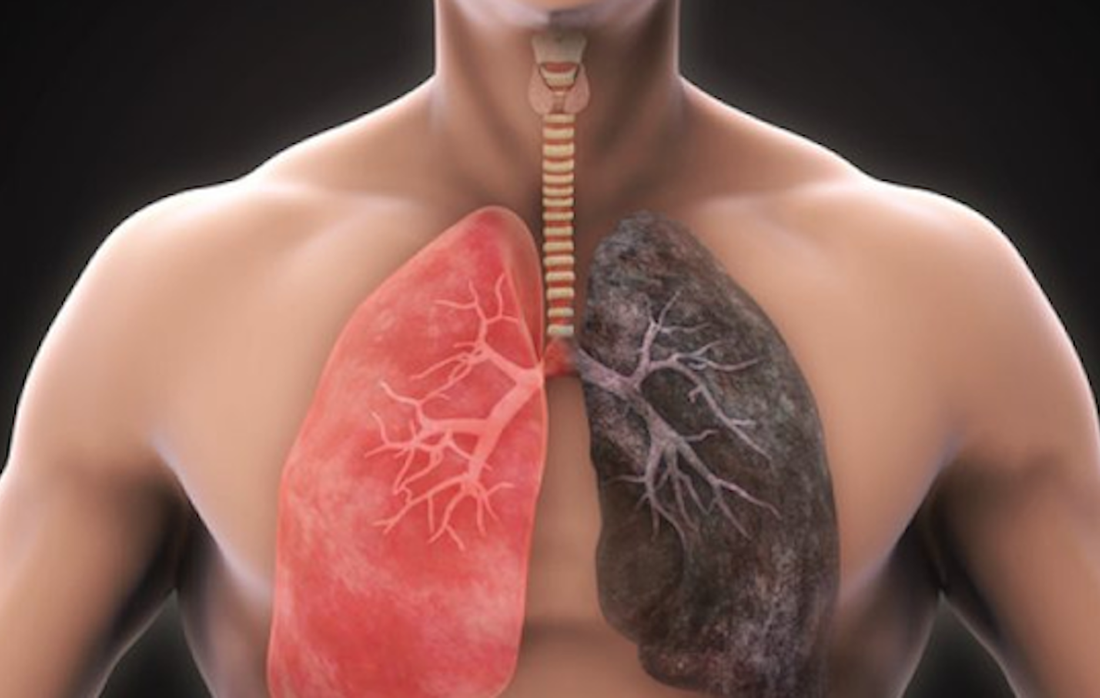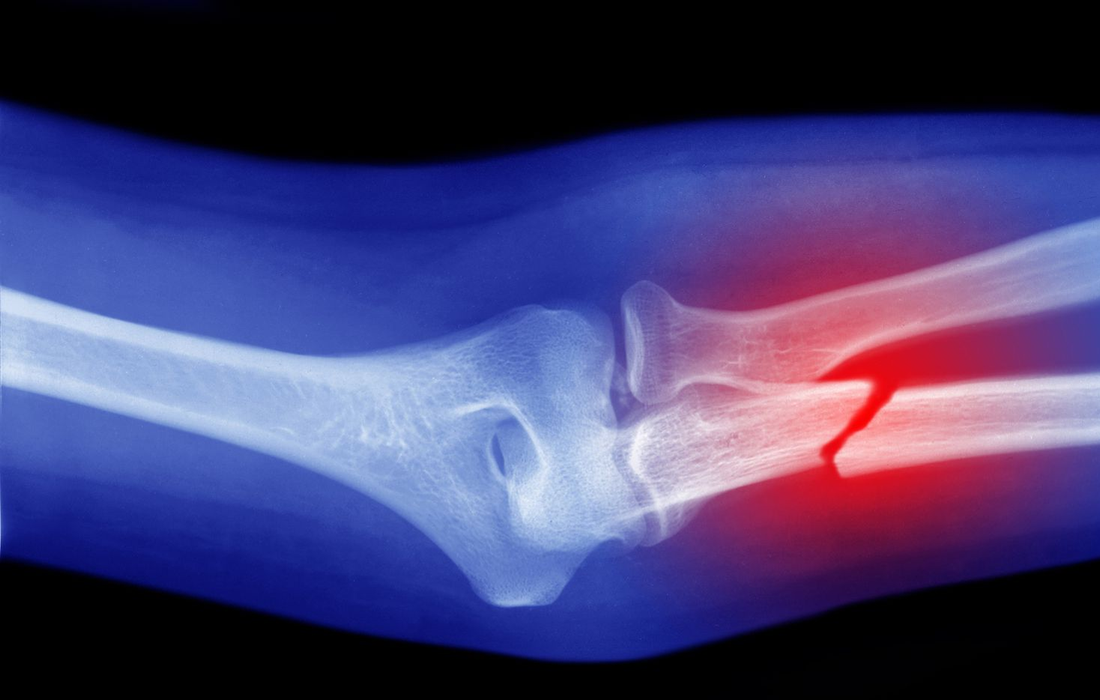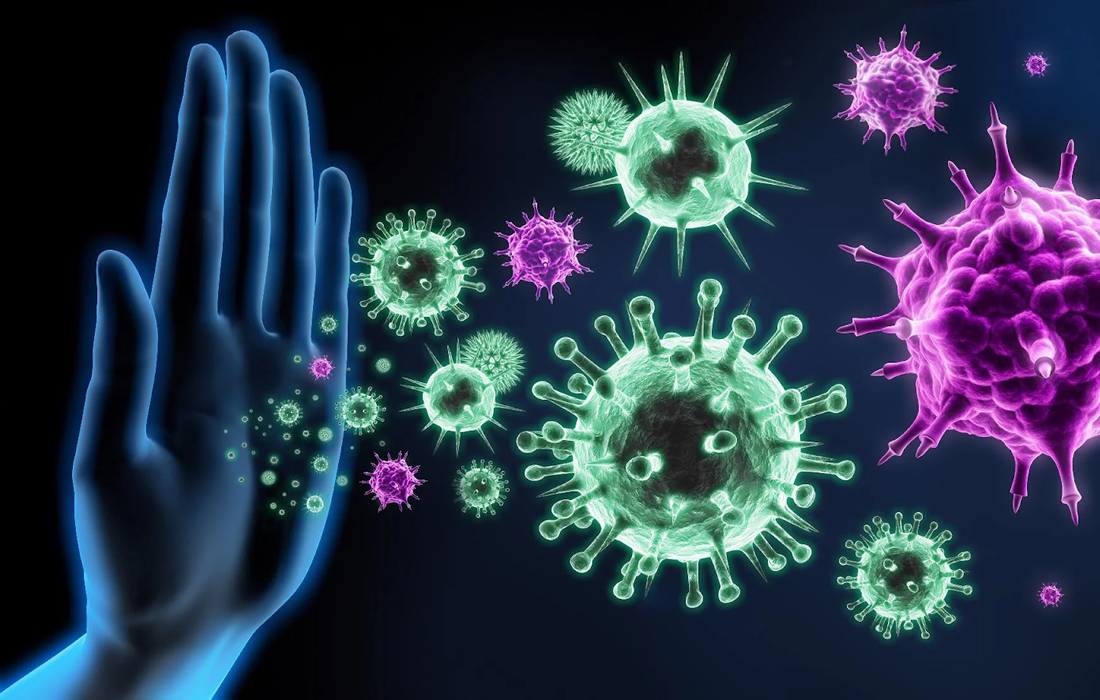Although not a life-threatening condition, chemotherapy-induced alopecia (CIA) represents the most distressing side-effect for cancer patients and the fear of hair loss causes severe anxiety in patients. Thus it is important to understand the mechanisms of CIA in order to design safe and effective prevention strategies. Chemotherapy drugs, such as taxanes and particularly anthracyclines, cause […]
Author Archives: Gabriel Piña, MD
The prevalence of obesity is increasing globally , while meta-analyses indicate declining sperm count over time. Increasing BMI levels, overweight and obesity are associated with decreased sperm concentration, total sperm count, progressive sperm motility and sperm morphology. Increased BMI of both the woman and the male partner is also associated with subfertility (time-to-pregnancy > 12 months or use […]
The current global obesity pandemic is partially the result of a lack of physical activity combined with sedentary behavior (prolonged sitting) during the day. Such behavior is linked to an increased risk of developing metabolic diseases including type 2 diabetes (T2D), while earlier research has found that short breaks in sedentary behavior are associated with […]
Marijuana is the most widely used illicit psychoactive substance in the world and the second-most commonly smoked substance after tobacco. Its use has increased in Canada since the legalization of nonmedical marijuana in 2018. In 2020, 20% of the population in Canada aged at least 15 years reported having used marijuana in the previous 3 […]
Influenza A virus (IAV) remains a serious health burden that disproportionately affects older individuals. Most young people who contract IAV only experience mild to moderate symptoms, but older individuals (≥65 years of age) experience higher rates of susceptibility, mortality, and complications such as secondary bacterial infections. For example, 86% of the deaths due to 2017–2018 […]
Reconstruction of bone defects that cannot heal spontaneously, that is, critical-sized bone defects, continues to be an enormous clinical challenge. Such defects may result from trauma, inflammation or following bone tumor resections. Although autogenic, allogeneic and xenogeneic bone materials have been widely applied to treat such defects, they possess potential limitations, including limited availability and […]
Attention-deficit/hyperactivity disorder (ADHD) is a common impairing psychiatric condition affecting 5% to 7% of children. It often persists into adulthood, with increased risk for poor educational achievement, substance abuse, incarceration, and ongoing psychiatric problems. In addition to hyperactivity/impulsivity and inattention, emotional dysregulation is increasingly identified as a frequent feature and driver of impairment. Pharmacologic treatment […]
Mesenchymal stem cells have been used extensively in skin therapies, because they have a broad paracrine action on dermal cells; they stimulate angiogenesis; they protect other cells from the peroxide-mediated damage; and also modulate inflammation, pain, and immune tolerance.The use of adipose-derived stem cells in skin has been described in diverse clinical studies, with satisfactory […]
Sleep profoundly influences immune and inflammatory responses, protecting against age-associated immune disorders including cardiovascular disease (CVD), cancer, and neurodegenerative diseases . Despite these associations, more than half of adults do not get sufficient sleep. Sleep impacts many facets of the immune system including adaptive responses, inflammation, and the synthesis of cytokines and immune mediators. Yet, […]
Autologous hematopoietic stem cell transplantation (aHSCT) has shown great potential in subjects with multiple sclerosis (MS). Previous work showed a slow return of naïve T cells after aHSCT. However, the dynamics of new and surviving T cells after aHSCT remains to be elucidated. Autologous hematopoietic stem cell transplantation (aHSCT) is a highly effective treatment of […]










